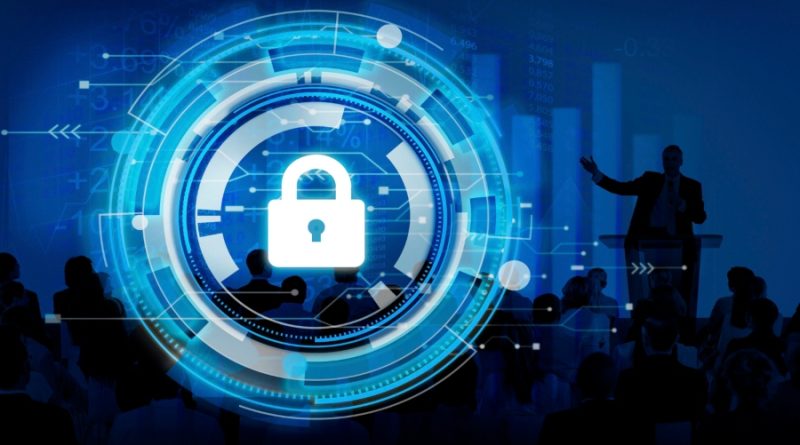How to Protect Your Privacy and Security Online
It seems like you can’t read the news without hearing about another data breach exposing millions of people’s personal information to cybercriminals. However, tighter privacy settings only get you so far.
It’s time to take a proactive approach to your digital protection by reassessing your online habits and following these tips.
1. Use Strong Passwords
Passwords are an essential security measure that helps to prevent unauthorized access to your computing devices and accounts. Many cyberattacks begin with a compromised password and once hackers gain access to one account, they can use it to access others.
A strong password is long and randomized with a mix of upper and lowercase letters, numbers, and symbols. It also doesn’t include any personal information or common words. If you create a password that meets these requirements, it would take a computer 3 sextillion years to crack it. A password manager is an excellent tool for creating and storing strong passwords, which you can then use to sign in to your accounts. You should also make sure to avoid reusing passwords across multiple accounts, as this increases your risk of a data breach.
2. Enable Two-Factor Authentication
There’s probably not a day that goes by without you logging in to one of your accounts – checking email, posting on social media or making a purchase. These accounts contain personal and sensitive information, and are the prime target for hackers to steal login credentials.
Adding 2FA makes it extremely difficult for hackers to gain access to your account. This is because it adds an extra step to verify your identity beyond a username and password.
Most 2FA solutions include “something you know,” like a password or PIN, and “something you have,” such as a phone, USB key or other hardware token. Galperin explains that SMS messages are the most common, but this method of 2FA isn’t as secure as using an authenticator app that sends a time-based code that expires.
3. Set Your Social Media Profile to Private
If you want to avoid the prying eyes of a stalker ex, it might be wise to keep some of your social media profiles private. Hackers are always looking for ways to gain access to your personal information, and they often leak it in data breaches and sell it on the Dark Web (for example, 487 million WhatsApp users’ phone numbers were recently allegedly being sold on the Dark Web).
While many of your privacy settings can vary between platforms, making your profile private will minimize the likelihood of oversharing, which could potentially expose you to cyber threats such as identity theft, catfishing, and cyberstalking. It’s a good idea to check your privacy settings regularly to see how you can optimize them for your online safety.
4. Install Antivirus and Security Software
The Internet is a wonderful thing, but there are scammers and hackers out to steal your personal information like passwords or Social Security numbers. Keeping antivirus and security software up to date is essential for protecting your privacy.
Installing antivirus software is simple. First, choose a program that suits your needs and budget. Once you’ve chosen one, purchase and download it from the program’s official website. Once you’ve downloaded the installer, run it and follow the installation prompts.
After installing the program, be sure to perform a full system scan to remove any existing viruses. Many antivirus programs will also ask if you want to upgrade to other software suites that offer more features. Be wary of these as they can be resource-intensive and cause your computer to slow down.
5. Read Through Your Company’s BYOD Guidelines
A well-crafted BYOD policy will include a clear set of guidelines and rules for employee use. It will also define what devices are permitted, IT support parameters, legal disclaimers, and other important details that balance the benefits of BYOD with privacy and cybersecurity concerns.
A key aspect of an effective BYOD strategy is enabling employees to securely connect to your company’s network using a VPN. This helps to limit the number of access points hackers have to your system and protects sensitive data from being exposed on unsecure devices.
It’s also a good idea to provide employees with regular IT security training. This can be done through e-learning seminars or one-on-one sessions with the IT department. This will ensure they have the knowledge needed to follow BYOD policies and protect company data.

